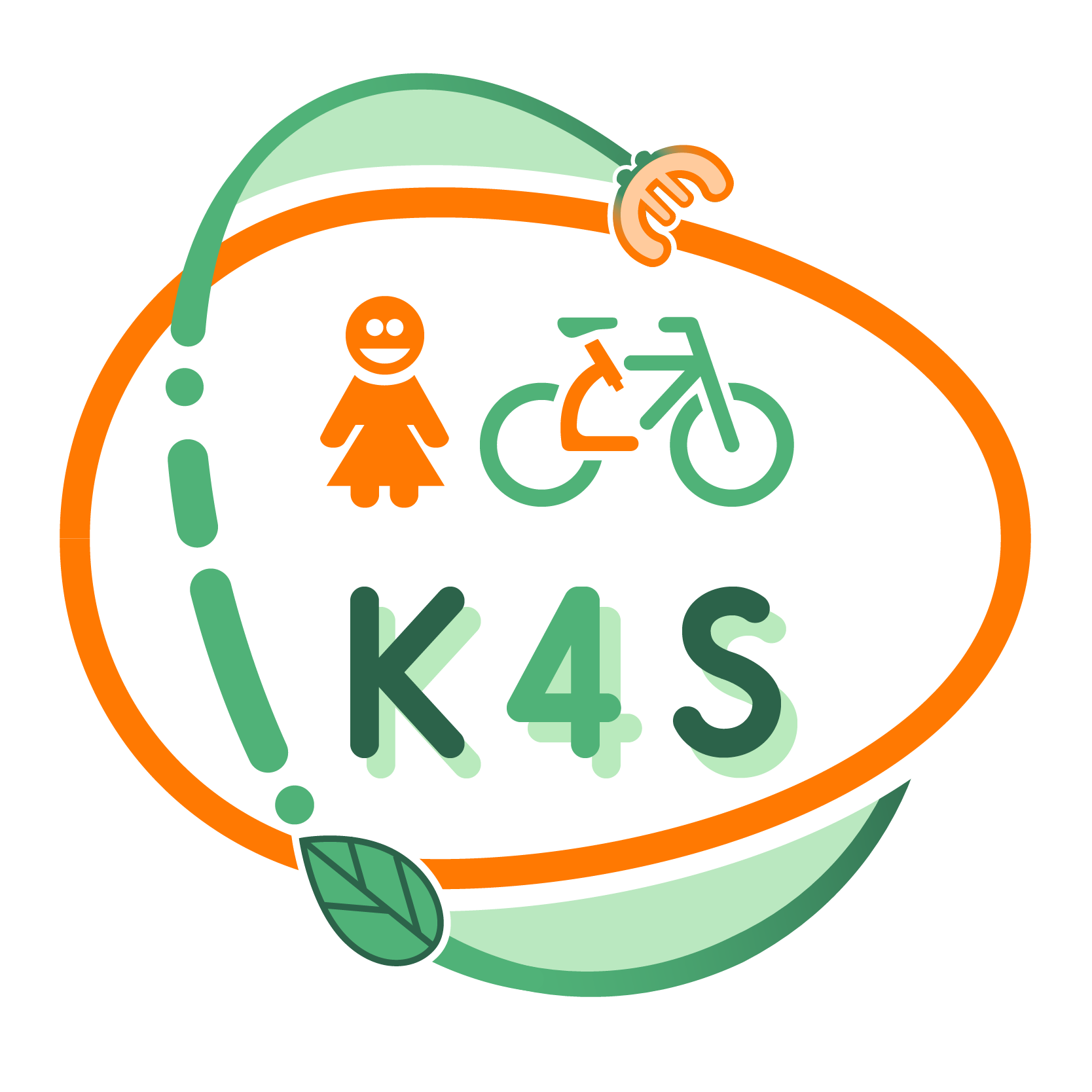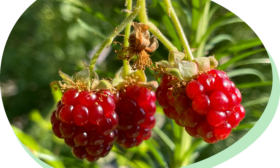LEARNING PATHWAY CREATED BY THE LEARNING COMMUNITY
With my hands I can create, with my body I can say, with my mind I can act
Authors: F. Caccioppola, A. Mirra, I. Culcasi
Overall aims:
- Field of experience ‘The self and the other’: playing constructively with others, comparing oneself with one’s peers; observing one’s surroundings and grasping the different relationships between people.
- Field of experience “Images sounds and colors”: communicating, expressing emotions and telling stories through body language; exploring sound-expressive and symbolic-representational possibilities.
- Field of experience ‘The body and movement’: fully experiencing one’s own corporeity, perceiving its communicative and expressive potential
- Field of experience “Knowledge of the world”: carefully observing environments and natural phenomena, noticing their changes.
Intended learning outcomes
Field of experience ‘knowledge of the world:
- Explore reality and describe life in it, elaborating personal ideas to be compared with those of one’s peers (field of experience: knowledge of the world)
Field of experience ‘images, sounds, colours’:
- Develops perceptive skills, cultivating the pleasure of enjoyment, production and invention
- Understands and experiences one’s own emotions through body language
- Knows the soundscape through perception activities
Pathway structure
Activity 1 – What is produced by nature VS what is produced by man
The teacher shows pictures on the interactive whiteboard: natural landscapes populated by plants and animals (sea, mountain, lake, hill) and created by man (city, amusement park, museum etc.) and asks the children to identify whether it is a product of nature or a product of man.
The teacher then has the class group listen to some pieces, inviting them to represent them through their bodies in space:
- https://www.youtube.com/watch?v=rBrd_3VMC3c&ab_channel=LouisArmstrongVEVO
- https://www.youtube.com/watch?v=HNBCVM4KbUM&ab_channel=BobMarleyVEVO
- https://www.youtube.com/watch?v=jMyIK2yffBo
- https://www.youtube.com/watch?v=Vppbdf-qtGU
and asks the children to associate them with the natural world VS man-made world.
Guiding questions while listening: “How does this song make you feel?”, “What does it make you think of?”, “In your opinion, which sound best describes the natural and man-made worlds?”
The first activity ends with hand-graphic work: the children draw the landscape that most intrigued/interested them with hand-paintings.
Activity 2 – Natural landscape modified by man
The teacher shows pictures on the interactive whiteboard of polluted natural landscapes (beaches with rubbish – plastic island – dirty cities, etc.) The children are asked to identify which actions pollute these landscapes (e.g. throwing away paper, leaving one’s rubbish on the ground, etc.). The teacher then takes the drawings back to the children and invites them to ‘pollute’ the drawing produced: by attaching waste paper and other small waste materials.
Post-polluted Circle Time: the teacher guides reflection through stimulating questions such as: “What has changed about your drawing?” “What caused the change?” “Which version of the drawing do you prefer?” “How can we improve the drawing and through what actions?” and “In the real world, what can we do to make it better?”
Activity 3 – Let’s get our hands dirty in outdoor education
The teacher takes the children on a field trip together with Plastic Free volunteers who clean up public spaces such as beaches or parks. The teacher will produce a photo documentation of the day which will be shared with families and children.
Evaluation
The teacher will divide the children into small groups and have them work on the photographs in the ‘let’s get our hands dirty’ activity, giving the following instructions:
- Indentify before and after cleaning and tidy up the photos
- Recognise polluting elements and circle them
- Recognise landscapes: natural vs. man-made elements
The children, together with the teacher, create a small choreography based on the movements carried out to clean up the natural landscape and they all dance to it together to the song that impressed them most or a new one chosen by them.
References
- Indicazioni Nazionali per il Curricolo della scuola dell’infanzia
- Fiorin, I. (2016) Oltre l’aula. La proposta del Service Learning. Mondadori Università.
- Bova, A. (2003). Giocare con la musica. 95 giochi musicali per insegnanti, educatori, genitori e per divertirsi con gli amici.





